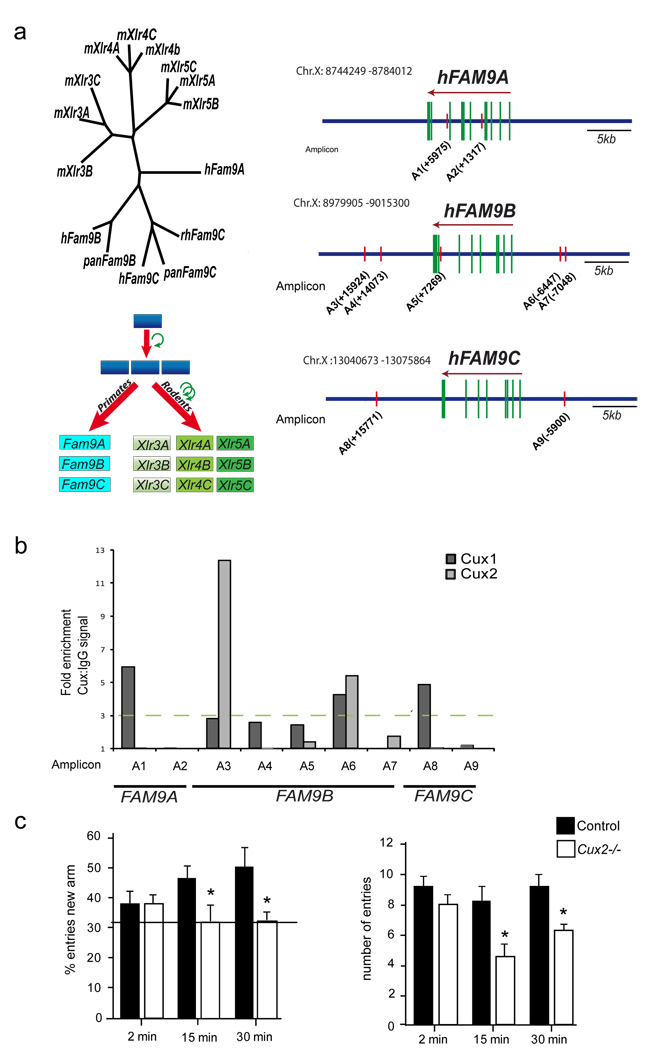Figure 7. Human FAM9 genes and cognitive defects.
a) Left diagram shows the phylogenetic relationship between Xlr and FAM9 superfamily members. Below, the possible duplication of an ancestral gene that gave rise to the Xlr and FAM9 orthologous genes. The upper right panel schematizes the location of putative Cux binding sites in FAM9A, B and C genes. b) Immunoprecipitation of the putative binding sites with anti-Cux1 and anti-Cux2 was tested in BE(2)-M17 human neuroblastoma cells transfected with Cux1 or Cux2 and by semi-quantitative PCR (representative experiment of three independent experiments). Relative positions of the amplicons (A) to each ATG (+1) are indicated. c) Cux2−/− mice have defects in working memory. Working memory was assessed in control and Cux2−/− mice with a two–trial memory task based on free-choice exploration of a Y-maze. ITI: inter-trial intervals (see Experimental Procedures). Histograms show the percentage of visits (left panel) and number of total visits to the new arm (right panel). Control and Cux-2−/− animals showed no differences in exploratory behavior (ITI=2 min), but working memory was impaired in Cux-2−/− mice (ITIs of 15 and 30 min).

